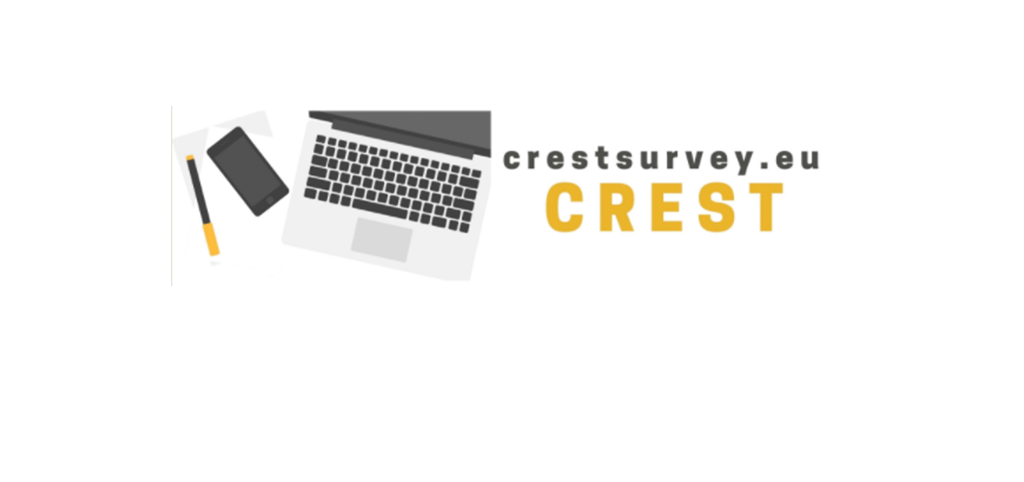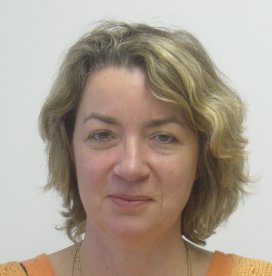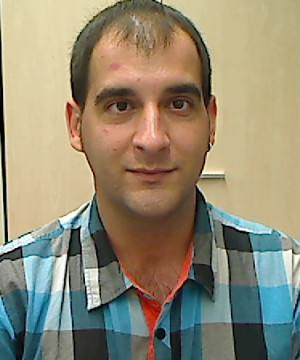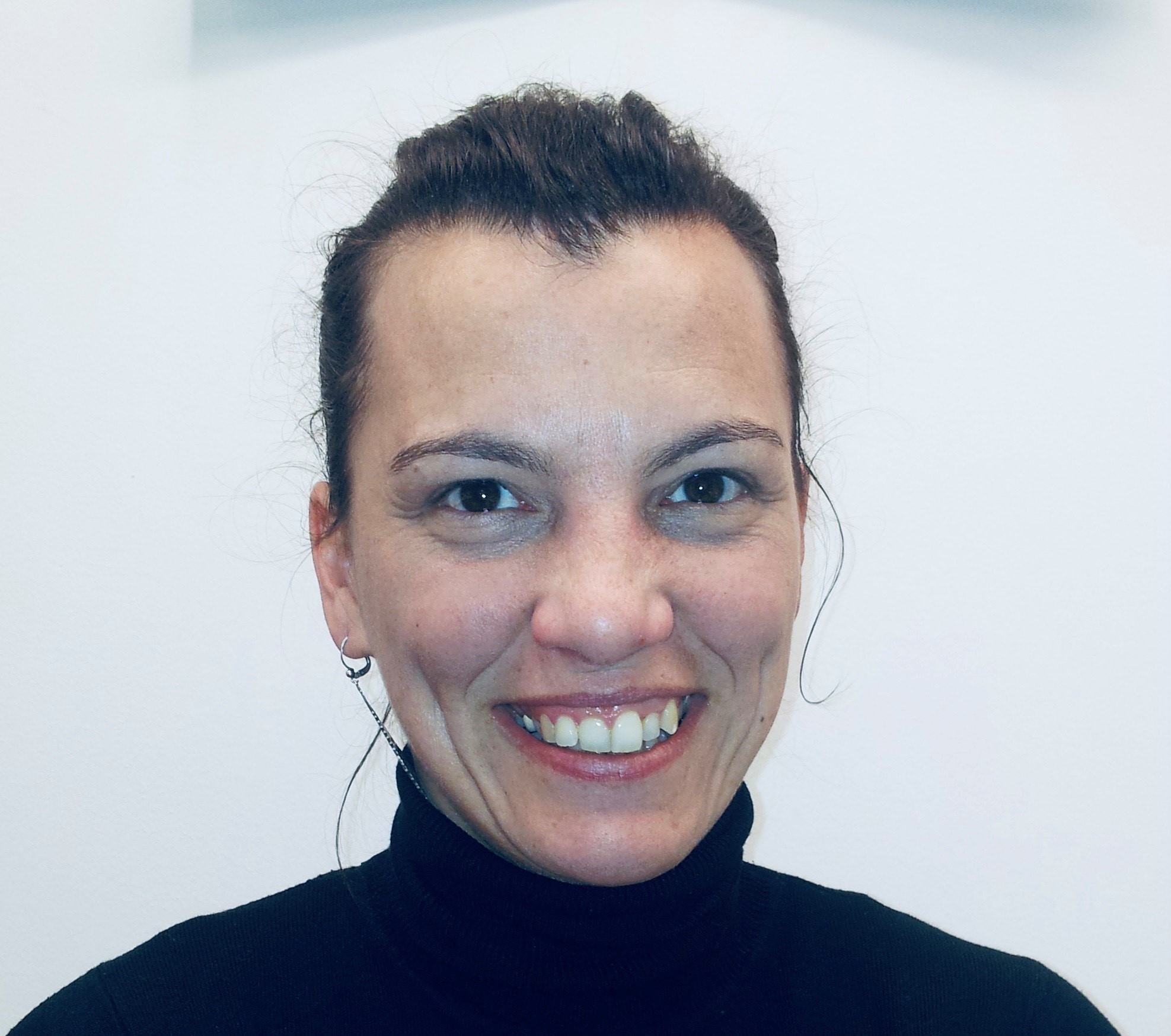CREST
Characterization of exposure to radiofrequency (RF) induced by new uses and technologies of mobile communication systems

- Duration
- 2013-2017
- Coordinator
- Elisabeth Cardis (ISGlobal)
- Funded by
- Anses - Agence nationale de sécurité sanitaire de l’alimentation, de l’environnement et du travail
In the 1990’s, mobile phones were mainly used close to the head for voice calls. Much work has gone into characterising this kind of exposure. New technologies and devices, however, have lead to a rapid evaluation of uses, with phones, tablets, portable computers and other devices being used to surf the internet, download data and send text and video messages. At the same time, new types of networks (Wifi, LTE) and network configurations (Femtocell) are rapidly being developed, leading to different RF exposure distributions in the population.
We have little information, currently, concerning the patterns of use of mobile communication devices and technologies in the population or their impact on personal RF exposures. This is an important limitation for exposure assessment in epidemiological studies and for the assessment of the potential health impact of RF in the general population.
The main objective of CREST, therefore, is to characterize RF exposure from new mobile sources (including smartphones, tablets, laptops) in the general population as a function of technology and new uses related to these technologies.
In order to achieve this objective, we have several operative objectives:
- The conduct of a general population survey (based on a questionnaire and an APP on smartphones - XMobiSense) to characterise typical uses (surfing, voice calls, data download, text messages, etc.) in different contexts (home, work, school, transport, etc.) and positions (device close to the head, on the lap, etc.);
- The evaluation of power emitted by different mobile sources, based on existing measurements and tools (mobile test system (TEMS)), for different uses (voice call – on standard networks or VoIP), close to the head or using loud-speaker or hands-free kits; data use (3G, LTE, Wifi, Femto cells);
- The evaluation of exposure related to different uses and positions, based on a compilation of existing dosimetric data and additional measurements for specific configurations. Specific dosimetric studies will be conducted if necessary;
- The development of RF exposure matrices for different devices, technologies and uses based on data on typical uses and related exposure derived within the project. These matrices will be an important asset for exposure estimation in the general population and in epidemiological studies.
Work in this project will be carried out by two complementary teams (epidemiologists and engineers) who will collaborate to achieve the project’s objectives. The plan of work will be developed jointly and specific activities conducted in parallel.
Our Team
Principal Investigator (PI)
-
 Elisabet Cardis Research Professor
Elisabet Cardis Research Professor
ISGlobal Team
-
 Alex Albert Cabrera Database Manager
Alex Albert Cabrera Database Manager -
Laura Argenté Buron
-
 PATRICIA DE LLOBET Research technician
PATRICIA DE LLOBET Research technician
Other projects
ENDOMIX
Understanding how endocrine disruptors and chemical mixtures of concern target the immune system to trigger or perpetuate disease
AM-MENTAL
What happens with your mental health when your supervisor is an algorithm?
PANAMA
Inhaled dose of air pollution - an integrative approach towards personalized air pollution exposure assessment in participants with and without respiratory diseases
e-QuoL
e-health tools to promote Equality in Quality of Life for childhood to young adulthood cancer patients, survivors and their families
B-Triage
Una prueba en el punto de atención para la estratificación del riesgo de los pacientes febriles basada en los niveles de sTREM-1
El microbioma intestinal y la disrupción circadiana
Un estudio epidemiológico molecular sobre enfermedades cardiometabólicas y salud mental
IHEN
International Human Exposome Network
EXPONIT
Analysing and studying how night shift work affects workers' circadian rhythms and health




